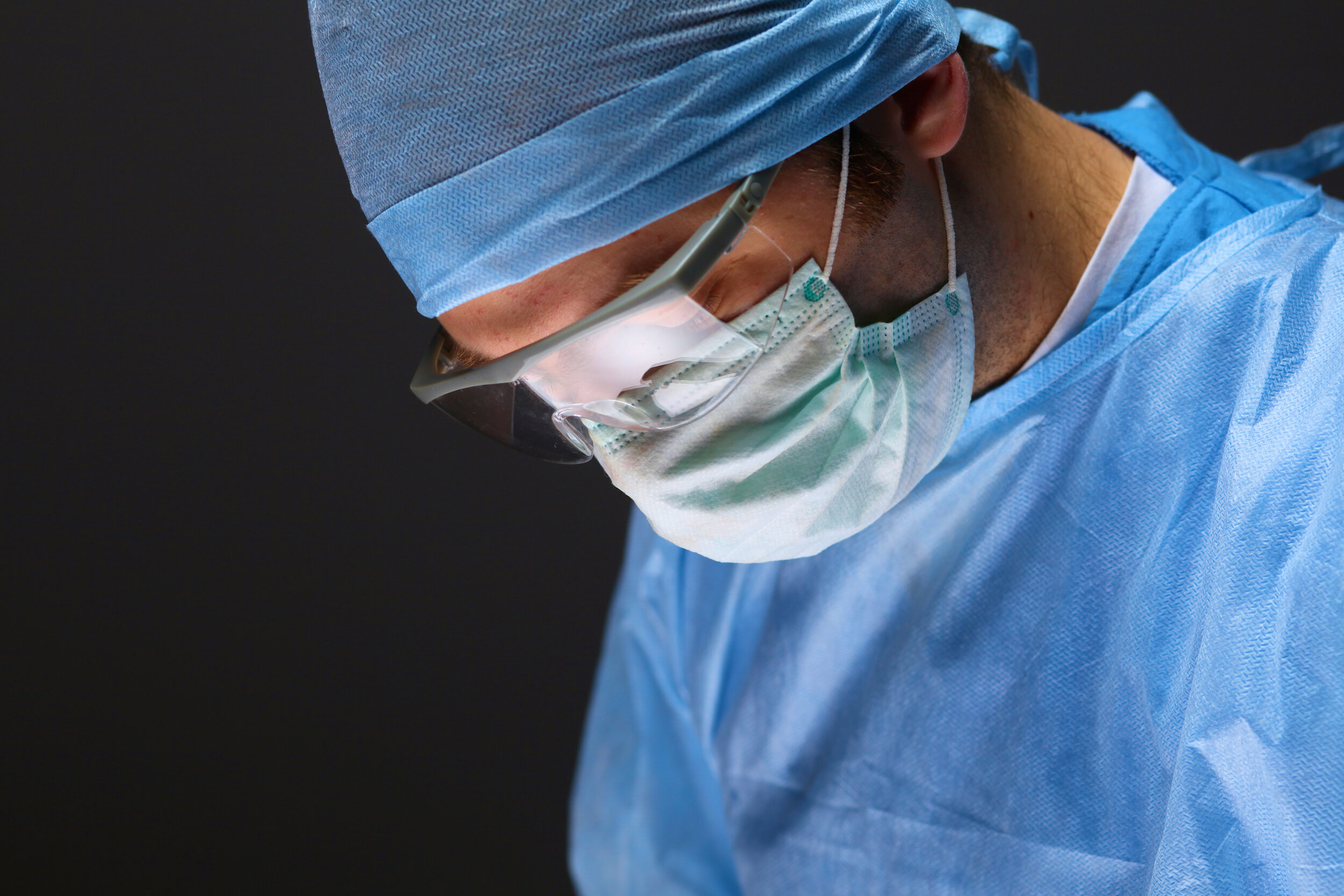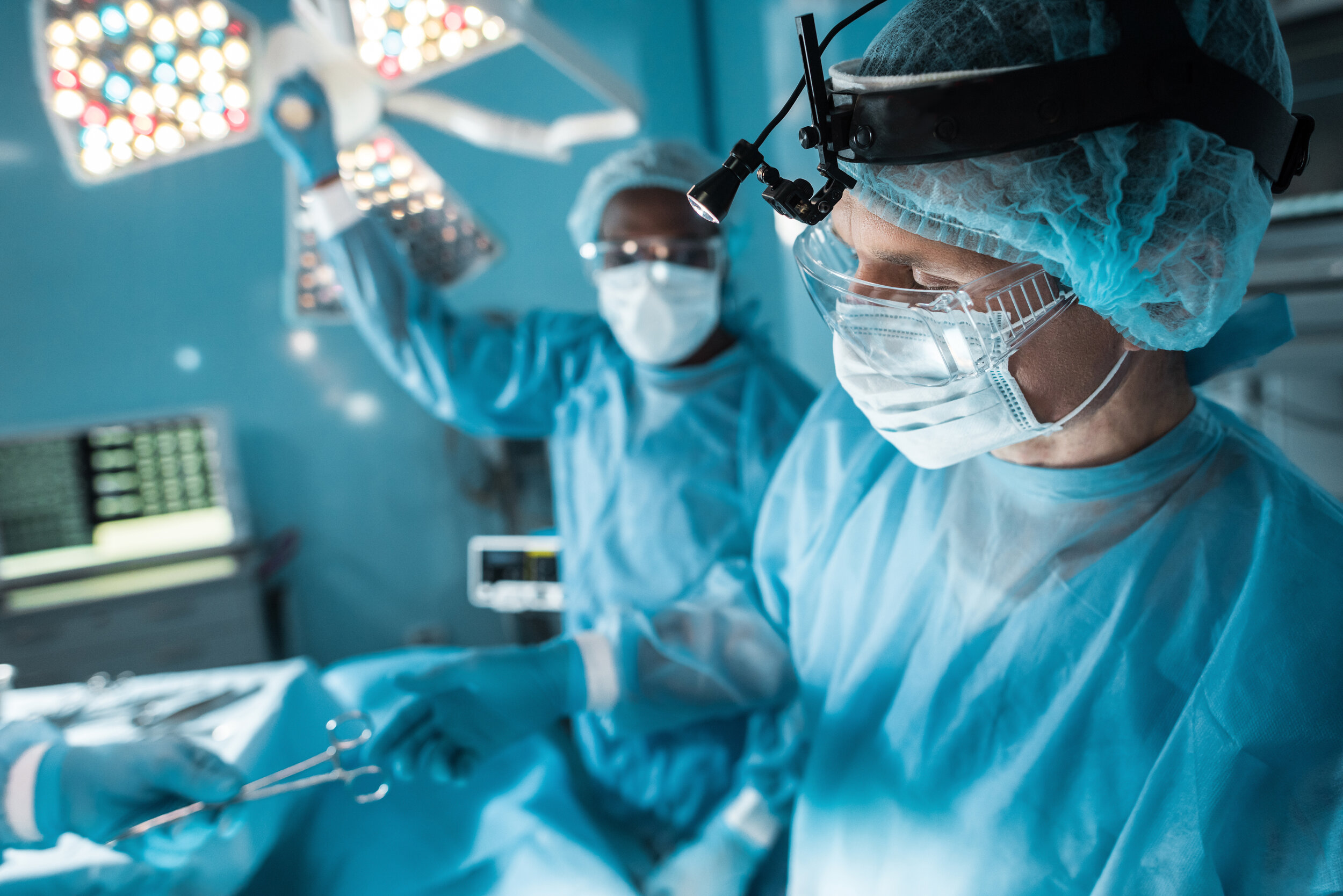Treatments: Salivary Glands
Choice of treatment for a salivary gland problem depends on accurate diagnosis.
Dry mouth (xerostomia)
Radiation therapy, chemotherapy, Sjogren’s syndrome, side effect of medications (especially antidepressants, blood pressure medicines in the angiotensin converting enzyme inhibitor class, diuretics (“water pills”), antihistamines and anticholinergic medications may cause dry mouth. Saliva may be restored if a potentially causative medication can safely be eliminated or substituted with another. Medications to promote salivation (e.g., cevimeline (Evoxac®)) may increase saliva, may increase sweating, both, or neither. A trial of cevimeline is often required to determine response. Dry mouth from radiation involving the salivary glands may improve partially over the year or two after completion of radiation. Keeping water nearby for sipping throughout the day helps. Various artificial saliva products are available. Since saliva is protective for dental cavities, dry mouth patients are especially in need of regular dental care.
Excessive salivation (“drooling”)
Usually the result of poor management of saliva rather than an over-production of saliva. Nevertheless, saliva in excess of oral capacity may be treated glycopyrrholate or by injection botulinum toxin (eg Botox) into the salivary gland for temporary relief or removal of one or more salivary glands for a more permanent reduction in saliva formation.
treatment for a salivary gland infection (sialoadenitis)
Since the mouth is far from sterile, most salivary gland infections arise from oral bacteria travelling along the salivary duct to the salivary gland itself. Initial treatment for an infection of a major salivary gland includes the following:
Antibiotics (used only when the infection appears to be bacterial)
Hydration
Sialogogues (things that promote salivation, like tart candy, gum, fruit)
Heat
Milking the gland along the salivary duct
Maintaining good oral hygeine
Managing anything that might weaken the immune system, such as diabetes or immune suppressant medications
Other bacterial causes of infection caused by blockage of a salivary duct (stone, stricture, or tumor) or poor oral hygeine may require the underlying cause to be identified and addressed.
Treating a salivary gland stone (sialolithiasis)
One or more stones may form in the parotid or submandibular salivary glands. On occasion, a stone may pass spontaneously, but this is not common. Depending on the location of the stone, removal may be undertaken by making a small incision in the mouth to extract the stone, using a small scope to retrieve the stone(s) from within the duct, or removing the salivary gland, stone included, through a skin incision.
A parotid gland tumor
salivary gland tumor treatment
When a salivary gland tumor is identified, a biopsy is usually the next step because knowing what type of growth is present (e.g., a benign tumor, a malignant tumor, a cyst, lymph node, or abscess) helps inform the surgeon and patient what treatment is necessary. The major salivary glands (parotid, submandibular, and sublingual) are usually biopsied using a needle, possibly under guidance with an ultrasound. A minor salivary gland tumor, being on the oral or throat surface, may be biopsied with a small incision. If surgery is needed, the biopsy results are used to plan the extent of surgery. For example, swollen lymph node within or near a salivary gland might appear like a salivary gland tumor, but if a needle biopsy result is read as a normal appearing lymph node, a patient may be observed for a period of time without surgery, whereas a cancer may indicate the need for imaging (e.g., CT scan of the neck with contrast) prior to finalizing a surgical plan.
Sialocoele and salivary fistula
Sialocoele and salivary fistula may be treated conservatively or with surgery, depending on the situation.
This page








